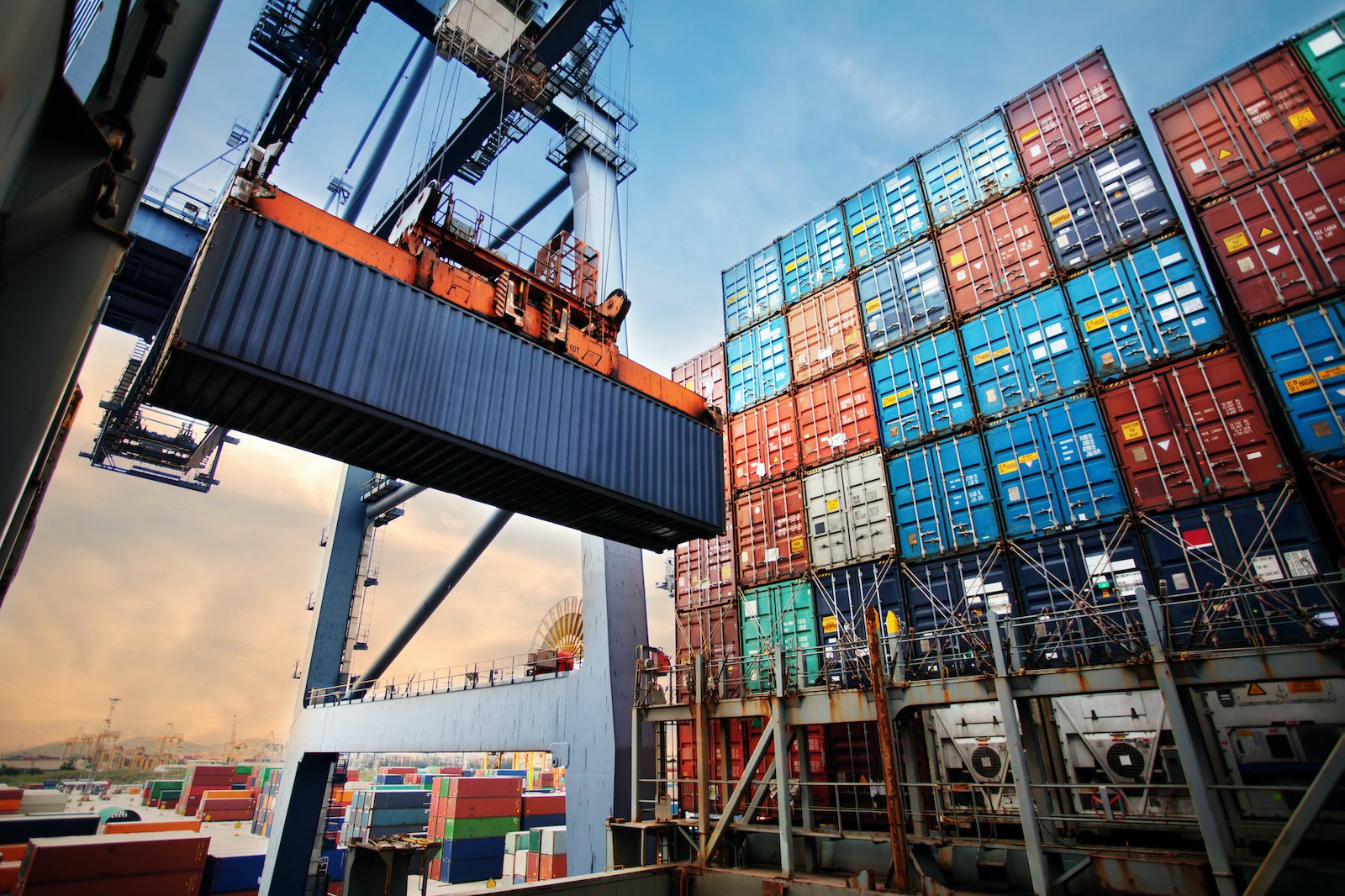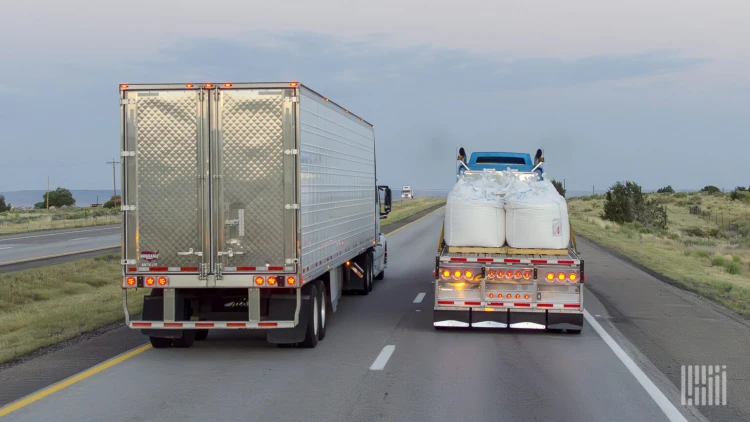Post-Boom Hangover Leaves Carriers with Massive Container Surplus
Monday, 27 March 2023

The return to ‘supply chain normalisation’ has led to the container liner industry being hobbled by an estimated surplus of 5m teu of boxes, piled high on storage quays and in depots around the world.
Weak consumer demand and consequent easing of supply chain congestion has resulted in an expensive post-boom hangover for ocean carriers, as their equipment storage costs soar at the same time as their freight revenues plummet.
MORE NEWS : Crew ‘Feared for Their Safety’ During Transpacific Voyage on ‘Unseaworthy’ Containership
According to Drewry’s latest Container Equipment Forecaster report, the global container equipment fleet grew 2% last year, to 50.9m teu, but the consultant expects a contraction of 3% this year.
It says operators will urgently seek to off-hire as many leased containers as possible, while retiring as much of their elderly own equipment as they can.
Drewry’s senior analyst for container equipment, John Fossey, said he expected “many thousands” of leased boxes to be returned to leasing companies this year and that, in combination with sales to secondary markets for storage and other uses, a “large part” of the 5m teu overhang will have been removed by the year end.
Indeed, the world’s largest container lessor, Triton, with a fleet of 7.1m teu, reported an “increase in drop-offs” in the third quarter of last year after “a muted peak season”, and that no doubt would have accelerated in Q4 and in the first quarter of this year.
The second-biggest container equipment lessor, Textainer, also reported “demand decreased significantly” in Q3.
Nevertheless, the leasing companies successfully locked carriers into long-term contracts and extensions of agreements during the equipment crunch periods of 2021 and first half of 2022, so the lines may not be able to return all their surplus equipment without incurring substantial penalties.
However, carriers could decide to pay one-off early-return penalties rather than incur continuing storage charges for equipment they have no bookings for.
The cash-rich carriers began to move away from equipment hire last year, with the lessors’ share of the global container fleet slipping from a controlling 51.2% in 2021, to 49.4%.
However, Drewry expects their share to start to recover as ocean carriers move back towards reducing their capex spend as purse strings tighten.
Unsurprisingly, container equipment manufacturing has almost ground to a halt, with Drewry saying this year could be “one of the worst on record”, estimating less than 700,000 teu will be produced. This compares with 3.77m teu manufactured last year, which itself was a huge 47% down on 2021’s record output.
Mr Fossey said following the lunar new year holiday, some Chinese container manufacturers may not resume production until March, at the earliest. In fact, The Loadstar has heard that a few manufacturing sites in China have not restarted production since the Golden Week holiday in October.
MORE NEWS : MSC Partners with Valencia to Expand Med’s Busiest Container Port
Meanwhile, the equipment surplus has seen the cost of a new standard 40ft high-cube container made in China plummet from about $6,500 at the peak of demand, to less than $3,000.
And second-hand box prices have also slumped, good quality used 20ft containers for storage purposes now widely available in North Europe for $1,000 to $1,500.
The Loadstar is known at the highest levels of logistics and supply chain management as one of the best sources of influential analysis and commentary.
Source : https://gcaptain.com

01 September 2024
Container Prices Double, Leasing Rates Triple in China

04 September 2024
Maersk sets new bar with shipping’s first climate target validation

06 September 2024
Port of Los Angeles Reports Another Busy Month for Cargo Volumes

09 August 2024
